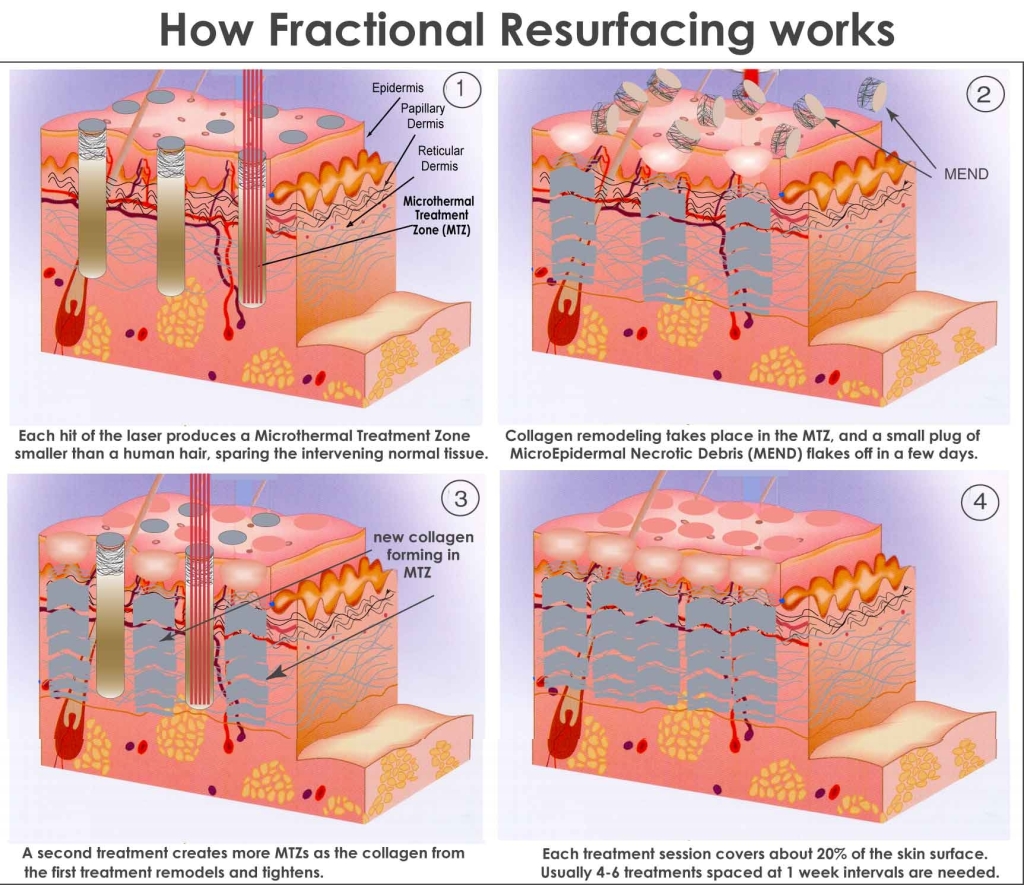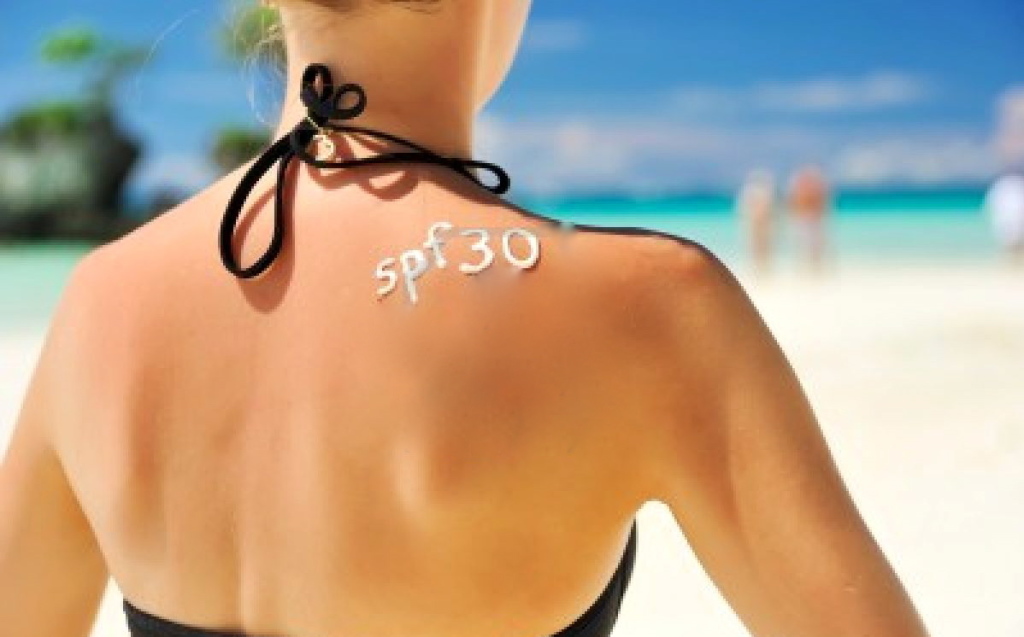Page Contents
Four Treatments for Actinic Keratosis
Actinic keratosis (AK) is not only unsightly; it is life-threatening. Patients are said to spend more than $ 900 million every year to have AK treatment. Appearing like a scaly, coarse abrasion or lesion, actinic keratosis could develop into invasive squamous cell carcinoma, an ordinary form of skin cancer.

Actinic keratosis, also called solar keratosis and senile keratosis, starts out as a small blot on the face, neck, lips, scalp, ears, forearms, or back of the hands. In fact, AK begins without outward symptoms or signs and takes years to evolve. Too much exposure to the sun and old age are thought to increase risk for this condition, as does family history.
However, AK can be treated; the earlier, the better. Some of the most common treatments include topical medicines, cryosurgery / cryotherapy, chemical peeling and Fraxel laser.
- Topical medication
Creams, gels and ointments such as fluorouracil, imiquimod, and ingenol mebutate are quite effective in getting rid of abnormal cells that cause actinic keratosis. They can be administered in combination with other forms of treatment. Topical medications, however, take several applications over time before they can take effect.

- Cryotherapy
If there are only a few lesions appearing on the skin, cryotherapy otherwise cryosurgery can be the most effective treatment. Cryotherapy solidifies the lesion with liquid nitrogen, via a cotton-tipped applicator or spray device, and shrinks it to a scab. Temporary side effects include swelling and redness. Patients can also expect to see white spots on the treated skin.
- Chemical peeling
This treatment method, usually done to mitigate photoageing, can be used to treat actinic keratosis on the face. A chemical compound, e.g. trichloroacetic acid (TCA), is applied, inducing the sloughing off of the skin’s topmost layer, to be replaced with new skin after a week. Some swelling and redness could occur after the treatment though.
- Fraxel
Fraxel, a laser treatment, is also effective, approved by the US FDA only in 2011. It is a kind of photodynamic therapy, a well-tolerated treatment with very little downtime. Fraxel laser treats the individual lesions directly since it can treat the skin one spot at a time without affecting the surrounding area, thus allowing for speedy healing. The treatment also uses the natural healing ability of the skin to replace blemished skin with healthier layers. In addition to keratosis, Fraxel can also effectively manage wrinkles, fine lines, skin discoloration and more.

Prevention is the best
Of course, the obvious cannot be stressed enough: Prevention is better than any topical solution, peel, or laser out there. The best way to prevent actinic keratosis from recurring or ever developing is to stay out of the sun’s harsh rays. Don’t bask in the sun long enough to get a sunburn and stay in the shade between 10 AM and 4 PM.
If you must expose yourself directly to sunlight, slather some broad-spectrum, UVA/UVB sunscreen. The best kind has a minimum sun protection factor (SPF) of 15—30 and higher if you will engage in sports or some outdoor activity. Slather at least 2 tbsps of sunscreen on exposed skin, lips included. Keep in mind that sunscreen takes effect 20 minutes after it is applied, so wait accordingly. Apply again every two hours; sooner if you are swimming or profusely sweating.

Wear extra clothing to cover your legs and arms. A hat with a wide brim helps. Also, put on some UV-blocking sunglasses.
For the same reason, stay away from tanning beds, which radiate UVA light. Though regarded as less hazardous to health than UVB, UVA goes through deep levels of the skin, increasing your risk for cancer and keratosis. If you want a sun-kissed look, consider bronzers and self-tanners.
Examine your skin monthly and visit a dermatologist at least every year. Look for changes in moles, birthmarks, freckles, etc. as well as previously unseen growths. If anything looks suspicious, consult your doctor.